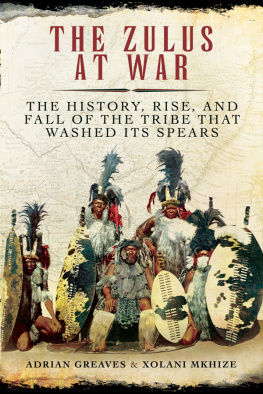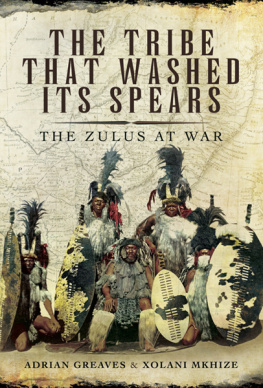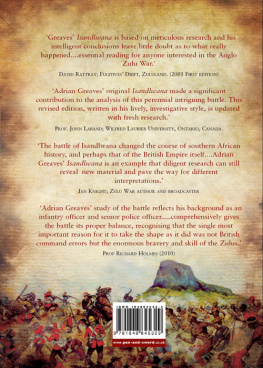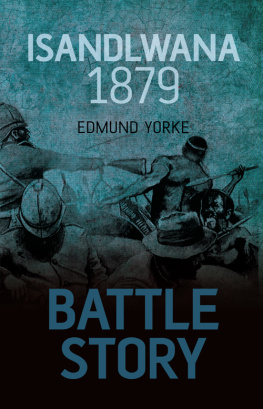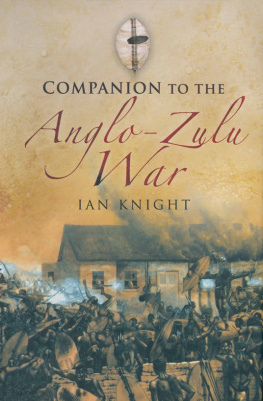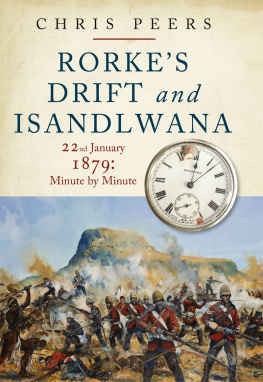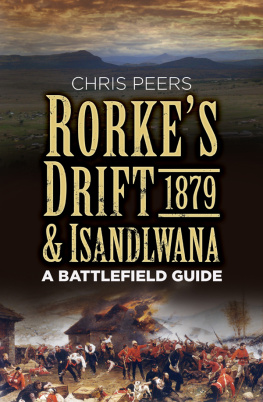First published in Great Britain in 2012 by
PEN & SWORD MILITARY
an imprint of
Pen & Sword Books Limited
47 Church Street
Barnsley
S. Yorkshire S70 2AS
Copyright Adrian Greaves, 2012
PRINT ISBN 978 1 84884 746 0
EPUB ISBN: 9781844681358
PRC ISBN: 9781844681365
The right of Adrian Greaves to be identified as Author
of this Work has been asserted by him in accordance
with the Copyright, Designs and Patents Act 1988.
A CIP catalogue record for this book
is available from the British Library
All rights reserved. No part of this book may be reproduced or
transmitted in any form or by any means, electronic or mechanical
including photocopying, recording or by any information storage
and retrieval system, without permission from the Publisher in writing.
Typeset in Palatino Light by Chic Media Ltd
Printed and bound in England
by CPI Group (UK) Ltd
Croydon, CR0 4YY
Pen & Sword Books Ltd incorporates the imprints of
Pen & Sword Aviation, Pen & Sword Family History, Pen & Sword Maritime,
Pen & Sword Military, Pen & Sword Discovery, Wharncliffe Local History,
Wharncliffe True Crime, Wharncliffe Transport, Pen & Sword Select,
Pen & Sword Military Classics, Leo Cooper, Remember When,
The Praetorian Press, Seaforth Publishing and Frontline Publishing
For a complete list of Pen & Sword titles please contact:
PEN & SWORD BOOKS LIMITED
47 Church Street, Barnsley, South Yorkshire, S70 2AS, England.
E-mail:
Website: www.pen-and-sword.co.uk
Contents
Acknowledgements
I dedicate this book to my wife Debbie for her unflinching love, encouragement and patience, especially since my accident in 1985 that so dramatically changed our lives. I also especially acknowledge Consultant Surgeon Cliff Stossel and his wife Katie for their ongoing support and kindness during the many years of surgery I have undergone. It was my greatest pleasure, eventually, to accompany them around the stunning battlefields of Zululand and introduce them to my many South African and Zulu friends.
I also gratefully acknowledge the kind and generous assistance and permissions of the following people, without whose cooperation and assistance this work would have been incomplete. Ian Knight for his general technical advice and support; Nicky Rattray for the use of her magnificent accommodation at Fugitives Drift Lodge in South Africa; Dave and Sue Charles for their input of Zulu culture; Major Martin Everett of the South Wales Borderers and Monmouthshire Regimental Museum at Brecon for his generous support and advice; Jason Askew for his remarkable artwork and Zulu War pictures; Ron Sheeley for the use of his photographs; and the Anglo Zulu War Historical Society for granting me access to their repository of research material. I also acknowledge Dr Lita Webley of the Albany Museum, Grahamstown, South Africa, and my son, Captain Andrew Greaves RA, who provided me with archaeological material and advice relating to the battlefields. Brian Best kindly checked my research of the Victorian period.
I respectfully acknowledge and thank Dr David Payne for his gentle and wise suggestions, and Geoff Fawcett for tactfully steering me through the necessary complexities of initial proofreading; their suggestions always made sense. Lastly, no one else had any direct control or influence over the final draft I alone accept responsibility for any factual errors or omissions, although I have always based my conclusions on empirical research and primary sources, which I have quoted in order to assist readers who wish to research further.
Adrian Greaves
Tenterden
July 2011
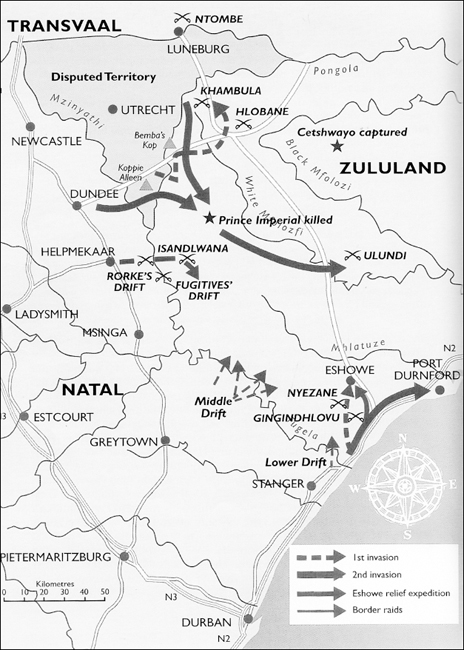
British invasion routes into Zululand.
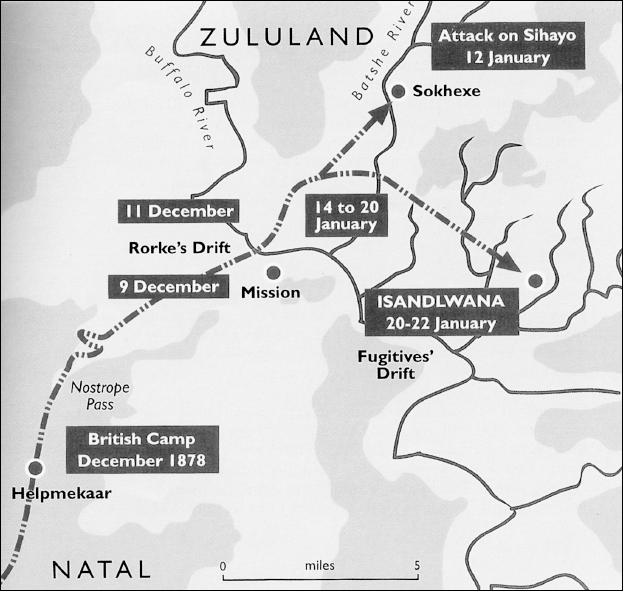
Lord Chelmsfords invasion route from Helpmekaar.
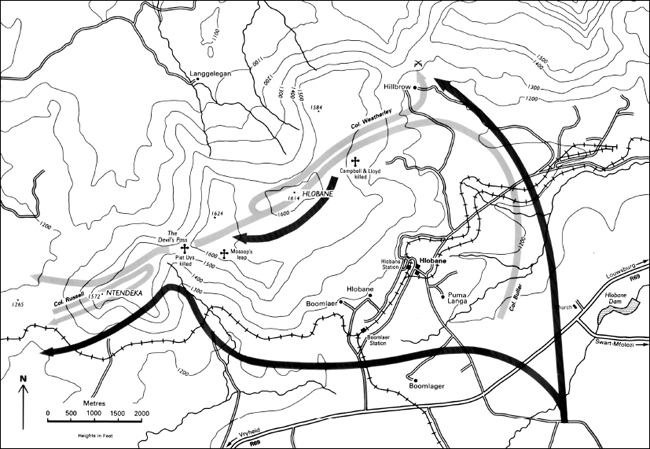
The Battle of Hlobane.
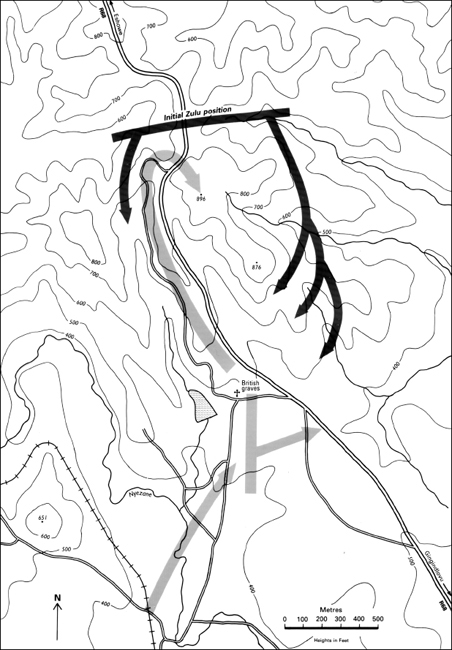
The Battle of Nyezane.
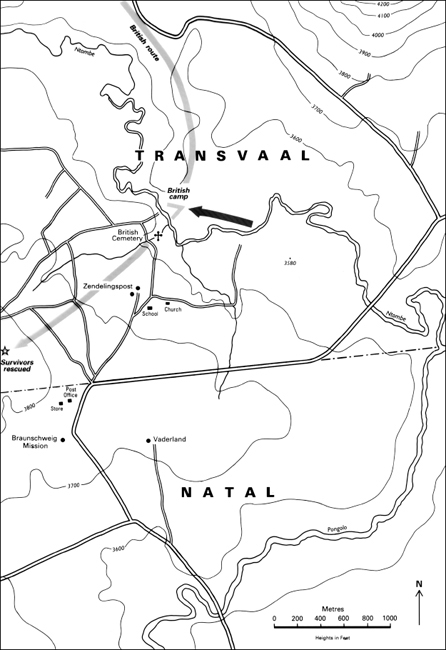
The Battle of Ntombe.
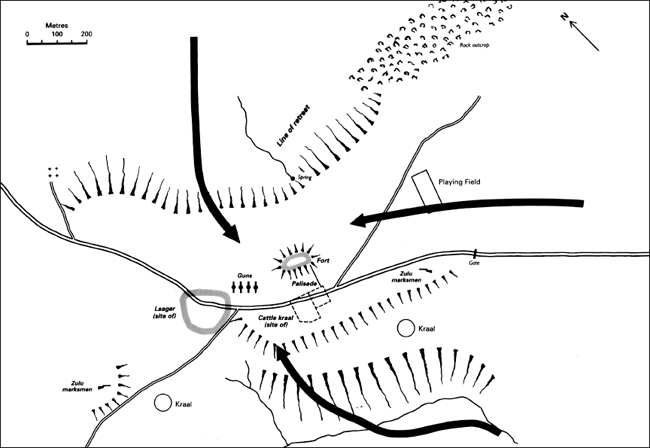
The Battle of Khambula.
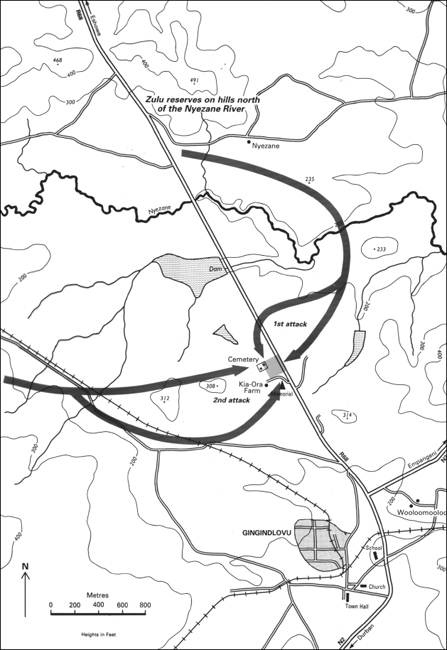
The Battle of Gingindlovu.
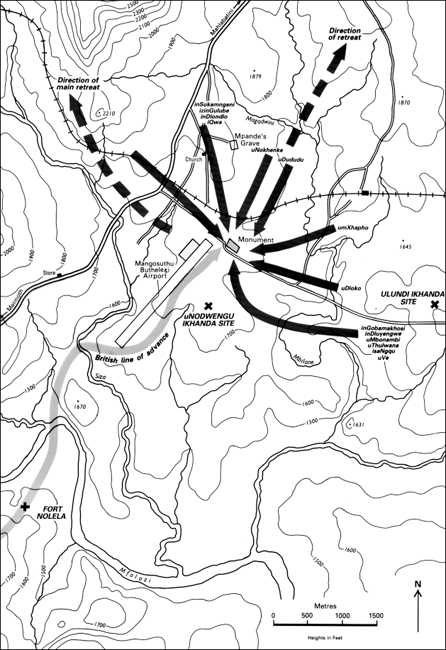
The Battle of Ulundi.
Glossary
Readers Guide to Terms Used
I acknowledge that the correct title for this campaign isThe Anglo Zulu War of 1879. Nevertheless, for ease of reading I have used the term Zulu War throughout, unless otherwise indicated.
Likewise, there are various spellings for many Zulu place names and names of individuals. This book has used common usage and avoided traditional Zulu spellings, with which the English speaking world tends to struggle. For example, King Cetshwayo is used in preference to King Cetshwayo kaMpande and I use Isandlwana in preference to iSandlwana, Isanblana, Isandula or Isandhlwana. Where such names are used or misspelt in quoted accounts, then the original is used.
As measurements used during the Zulu War are historically Imperial, I have used Imperial measurements throughout.
A glossary of common Zulu words and British military terms encountered during the Zulu War of 1879
ZULU WORDS
Amabutho (s.ibutho) guilds or regiments made up of Zulu warriors according to age groups.
Amakhanda (s.ikhanda) the royal household.
Assegai term used originally to describe the assegai tree, more commonly used to describe the flat-bladed spear made famous by Shaka.
Donga a dry water gully or gully caused by erosion.
Drift a shallow crossing point of a river, i.e. Rorkes Drift.
Imizi (s.umuzi) Zulu homestead, usually described as a kraal. To the Zulus, a kraal is where cattle are kept.
Impi Zulu term for a group of warriors, or commonly by the British during 1879 to describe a force of Zulu warriors or the Zulu army.
Impondo Zankomo the infamous horns of the buffalo tactic of the Zulus in attack.
inDuna senior Zulu advisor.
Isigodlo frequently misused term to describe the kings women or harem; its correct usage should denote the royal household.
ka the son of, or to denote the surname, i.e. Cetshwayo kaMapande.
Kaffir member or language of South African people of the Bantu family
Kop a hill, i.e. Spion Kop, also koppie or kopje.
kwa a common Zulu prefix to mean of or from, i.e. kwaJimi = Jims Place (from James Rorke of Rorkes Drift).
Nek a shoulder or ridge linking two hills.
BRITISH MILITARY TERMS
Banquette a step built inside a defensive rampart to enable troops to fire over the structure.
Brevet rank an instant field promotion, usually for bravery that took precedence over his former rank. It did not attract the pay of the higher rank but gave priority for promotion.
Next page

